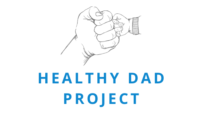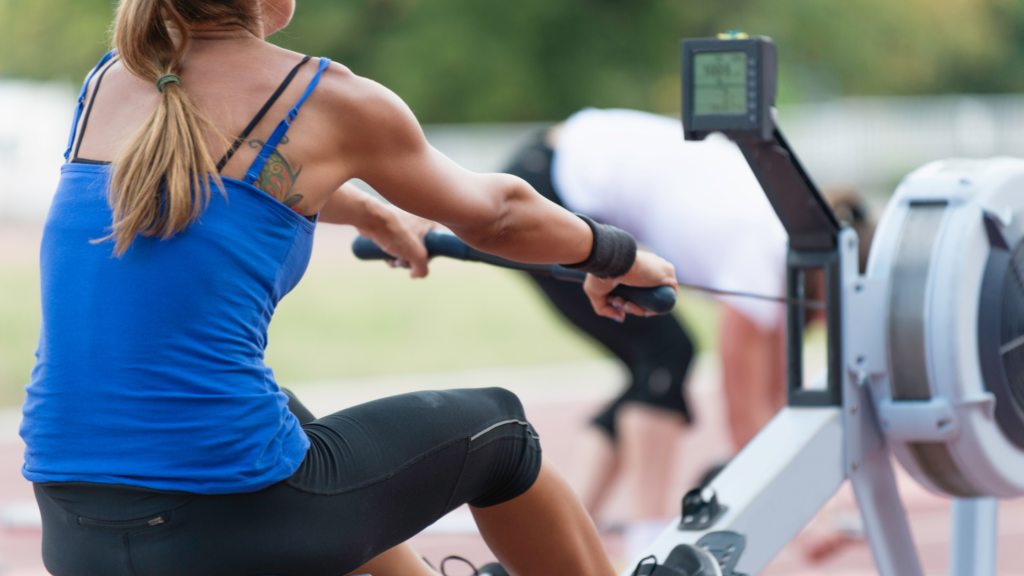Are Rowing Machines Bad for Your Back? The Complete Guide
As someone who’s constantly battling back pain—thanks to being over 6 feet tall and chasing around twin boys—I’m always evaluating whether an exercise will help or hurt my back. This question comes up frequently with rowing machines: are they beneficial for back health, or do they cause more harm than good?
The short answer is that rowing machines aren’t inherently good or bad for your back. Like most exercises, it comes down to proper form, technique, and understanding your body’s limitations. When done correctly, rowing can actually strengthen your core and lower back muscles, potentially reducing pain over time.
How Rowing Machines Work
Rowing machines simulate the motion of rowing a boat, creating a full-body workout that engages multiple muscle groups simultaneously. The movement involves:
- Bending forward at the hips during the “catch” phase
- Driving back with your legs while pulling with your arms
- Engaging your back, shoulders, arms, core, and legs throughout the motion
This comprehensive engagement makes rowing an excellent cardiovascular and strength-building exercise—but it also means there’s more opportunity for things to go wrong if your form isn’t dialed in.
The Potential Risks to Your Back
While rowing can be beneficial, several factors can turn it into a back pain trigger:
Poor Form and Technique The most common culprit is improper rowing form. Hunching your shoulders, arching your back excessively, or rounding your spine puts unnecessary pressure on your vertebrae and surrounding muscles. These compensatory movements often happen when you’re tired or trying to row at an intensity beyond your current fitness level.
Overuse Injuries Like any repetitive exercise, too much rowing too soon can lead to overuse injuries. The constant flexing and extending of your spine, combined with the pulling motion, can strain your back muscles and ligaments if you don’t allow adequate recovery time.
Aggravating Pre-existing Conditions If you already have back problems—whether it’s a herniated disc, chronic lower back pain, or previous injuries—rowing might exacerbate these issues. The forward flexion required in rowing can be particularly problematic for certain spinal conditions.
What the Research Says
The relationship between rowing and back pain is complex, with studies showing both positive and negative outcomes:
The Concerning Statistics: Research indicates that 30-50% of rowers experience lower back pain within a 12-month period. This rate is notably higher than the general population, despite rowers typically being more active and healthier overall. Studies have identified several risk factors that increase the likelihood of back pain in rowers:
- Longer sessions on indoor rowing machines
- Higher overall training volumes
- Years of rowing experience (suggesting cumulative stress)
The Potential Benefits: On the flip side, rowing targets key muscle groups that support spinal health. The exercise strengthens your latissimus dorsi, rhomboids, and lower back muscles while building core stability. A strong core acts like a natural back brace, stabilizing your spine and reducing stress on the muscles and joints in the area.
How to Row Safely and Protect Your Back
The key to reaping rowing’s benefits while minimizing risks lies in proper technique and smart training practices:
Master Your Form
- Keep your back straight and shoulders relaxed throughout the movement
- Avoid hunching forward or excessive arching
- Initiate the drive with your legs, not your back
- Use a smooth, controlled motion rather than jerky movements
- Engage your core muscles to support your spine
Start Conservatively If you’re new to rowing, begin with shorter sessions at lower intensities. Gradually increase duration and resistance as your body adapts. This progressive approach helps prevent overuse injuries and allows your supporting muscles to strengthen alongside your cardiovascular fitness.
Listen to Your Body Pain is your body’s warning system—don’t ignore it. If you experience any discomfort during or after rowing, take a break and assess your form. Pushing through pain often leads to more serious injuries that sideline you for weeks or months.
Include Proper Warm-up and Cool-down Prepare your muscles with dynamic stretching before rowing and follow up with static stretches afterward. Focus on your hip flexors, hamstrings, and back muscles to maintain flexibility and prevent tightness.
Cross-train and Rest Don’t rely solely on rowing for your fitness routine. Incorporate other forms of exercise to work different muscle groups and movement patterns. Ensure you’re getting adequate recovery time between intense rowing sessions.
Choosing the Right Equipment
Your rowing machine setup can significantly impact your back health:
Seat Height and Positioning Adjust the seat so your knees are slightly bent at the bottom of the rowing stroke. If the seat is too low, you’ll compensate with excessive forward flexion of your spine.
Footrest Adjustment Position the footrests so your knees aren’t too high during the catch phase. Improper footrest height can force you into awkward positions that stress your lower back.
Machine Quality A smooth, well-maintained rowing machine provides consistent resistance and reduces jarring movements that can strain your back. If you’re shopping for a home machine, invest in quality equipment that will support proper form.
When to Seek Professional Guidance
Consider consulting with professionals in these situations:
- You have a history of back problems or injuries
- You experience persistent pain during or after rowing
- You’re unsure about proper rowing technique
- You want to incorporate rowing into a rehabilitation program
A healthcare provider can assess whether rowing is appropriate for your specific condition, while a qualified trainer can help you master proper form and develop a safe progression plan.
Add a few minutes of light cardio or dynamic stretching as a warmup and a cool down to help recover.
Sample Warmup
- Start with a 5-minute jog or brisk walk to get your heart rate up and blood flowing.
- Next, do some dynamic stretching exercises, such as leg swings, arm circles, and trunk twists to loosen up your joints and muscles.
- Then, spend a few minutes rowing at a low intensity to gradually increase your heart rate and prepare your muscles for the workout ahead.
- Finally, do a few short, high-intensity bursts of rowing to get your body ready for more intense efforts.
It’s worth noting that there are different types of rowing machines available in the market, some of them may have different designs that can be better for your back.
Rowing machines with a sliding seat and a fixed handle are good choices for people who have back issues because it allows for a more upright posture and reduces the amount of flexion in the lower back.
Conclusion
Rowing machines are not bad for your lower back, but improper form and technique during rowing can lead to strain and injury. To avoid this, it is important to choose a rowing machine that is the right size and fit for you, and to use proper form and technique when rowing. If you have a pre-existing back condition, it’s best to consult your doctor before starting to use a rowing machine.

